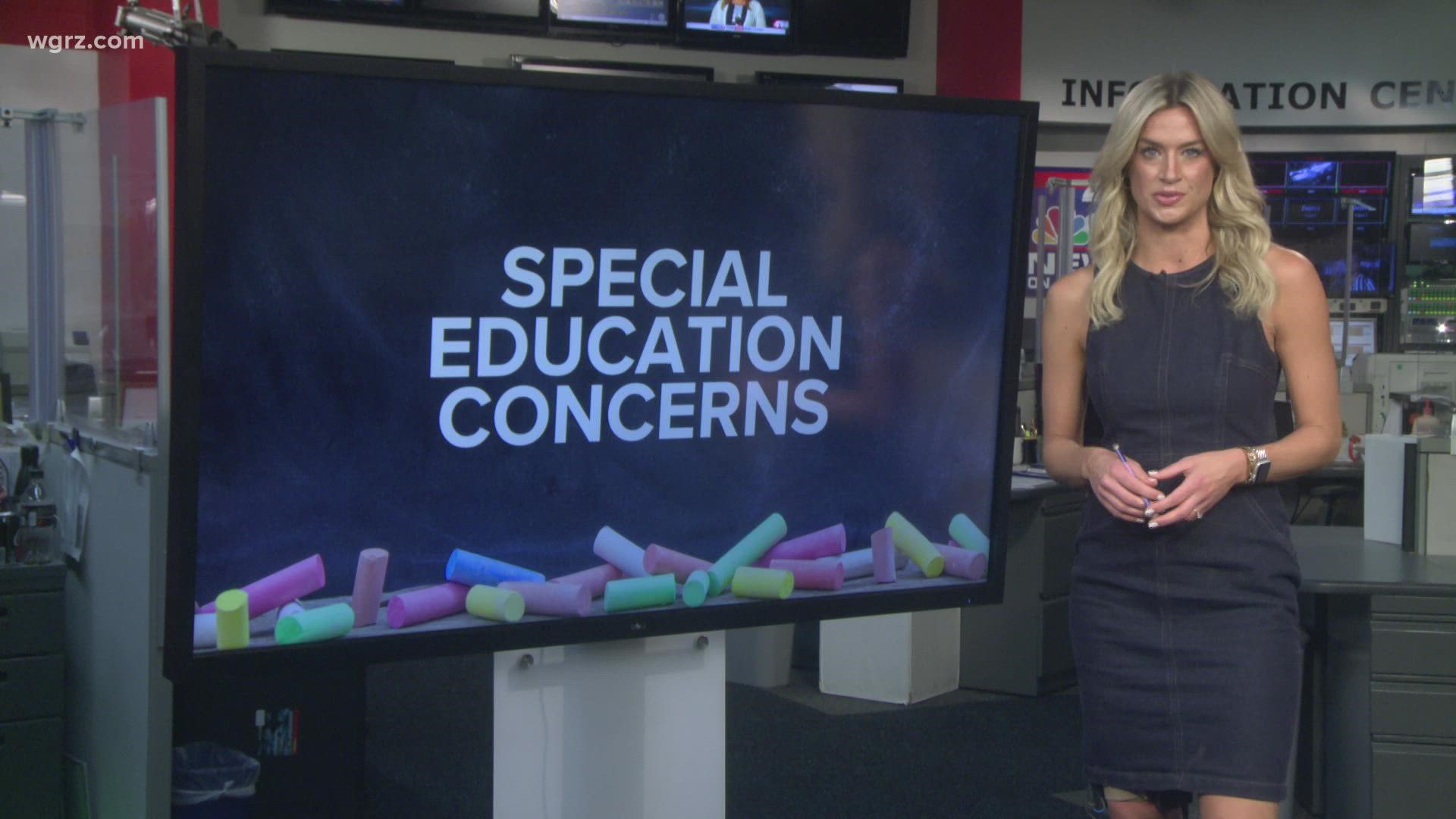NIAGARA FALLS, N.Y. — With students returning to the classroom, administrators are focused on evaluating learning levels after 18 months of remote and hybrid learning. An emerging concern is that the return will put a strain on special education resources.
It's only natural that your children may learn differently now, but just because they may be a little behind or learning slower, doesn't mean that they need special ed services. Local administrators are working to make sure that parents and teachers know the difference.
Niagara Falls Superintendent Mark Laurrie says it's important to remember that there are state laws and regulations around how to determine which students should receive services.
"If we were able to apply every one of those regulations to every one of our students after a pandemic, you would see a tremendous uptick in special education referrals," he said. "And those referrals are really only for children who are educationally handicapped."
In New York State, a child must fall under one of the following classifications to be considered educationally disabled and qualify for special education services:
1. Autism
2. Deafness
3. Deaf-blindness
4. Emotional disturbance
5. Hearing impairment
6. Intellectual disability
7. Learning disability
8. Multiple disabilities
9. Orthopedic impairment
10. Other health-impairment
11. Speech or language impairment
12. Traumatic brain injury
13. Visual impairment (which includes blindness)
Niagara Falls' coordinator for the committee on special education, Cheryl Meeter, says for young children, parents should be paying close attention to their reading, speech, and language. For middle and high schoolers, parents should keep and eye on their social emotional learning and mental health. If you become concerned about your child's progress in those areas, it could be best to let them get into the swing of the school year rather than take immediate action.
"I would give it a good 10 weeks to just see where kids are at," Meeter told 2 On Your Side. "Teachers are aware, the superintendent, the administrator for curriculum. There are amazing new interventions that are being put in place in the schools now, and so I would give it 10 weeks to let students come back to school, acclimate back, and see where they're at."
Meeter says once you're ready to reach out with your concerns and about a possible referral for interventions, you should start with the school psychologist's office.
Much more information is available through the New York State Education Department's guide for parents.

